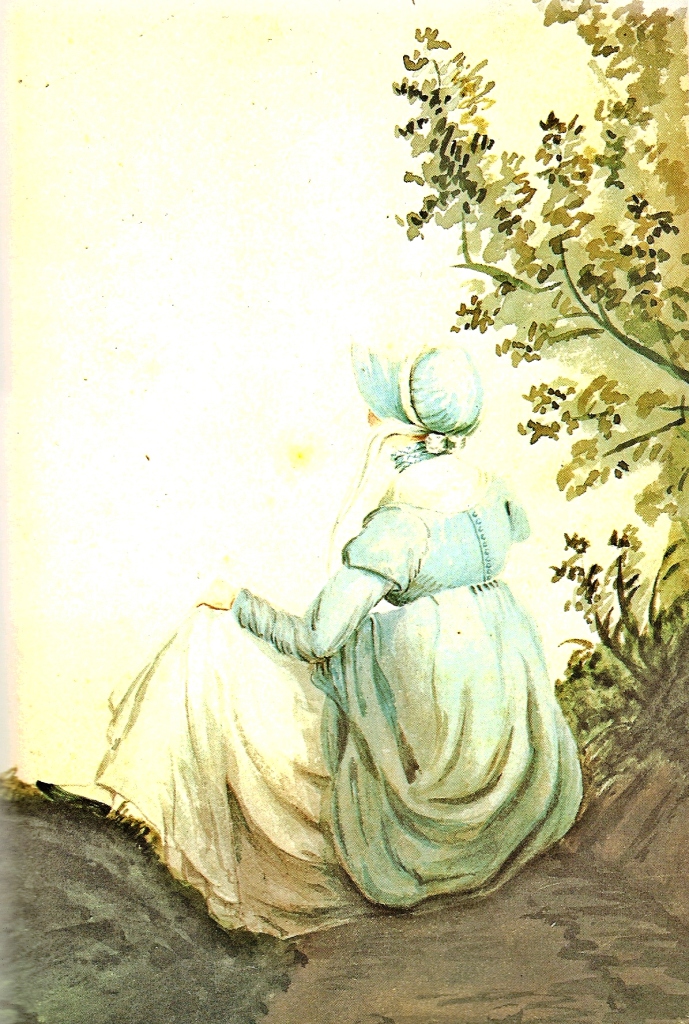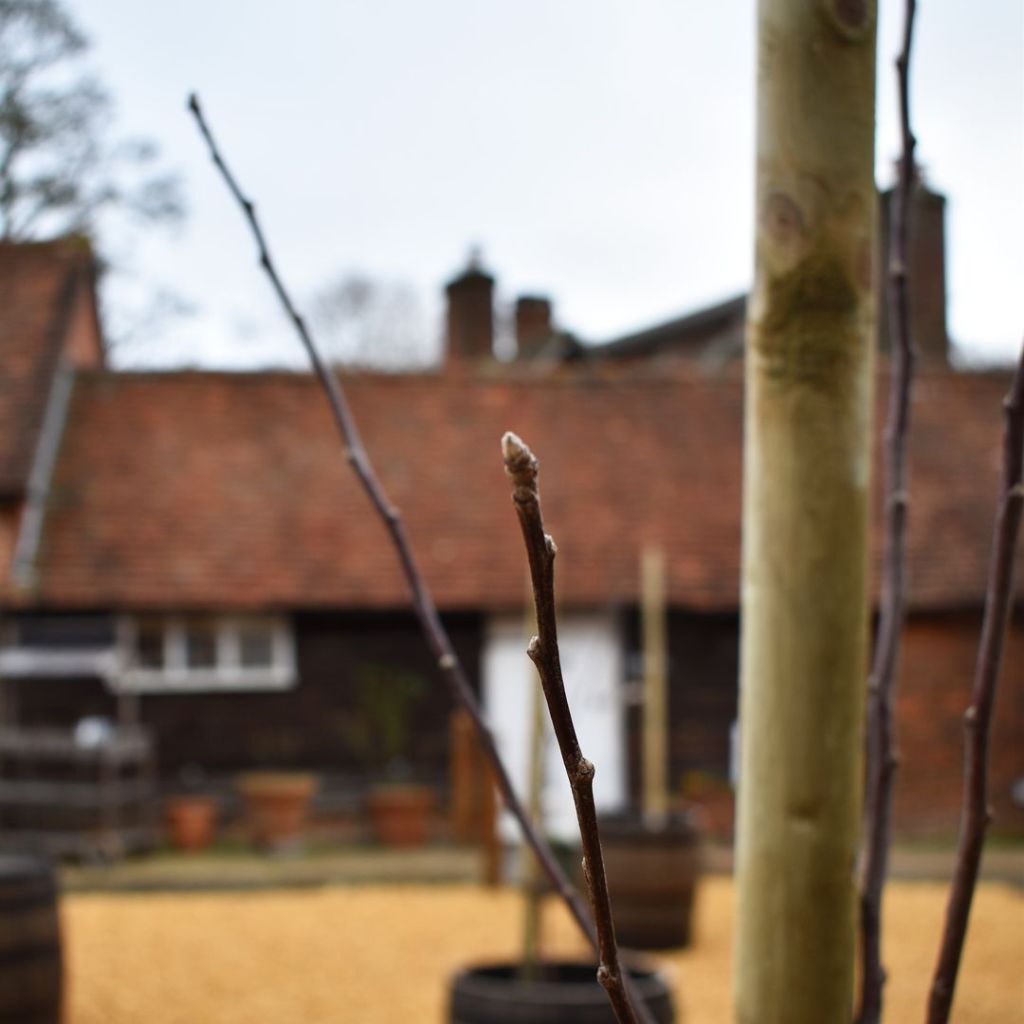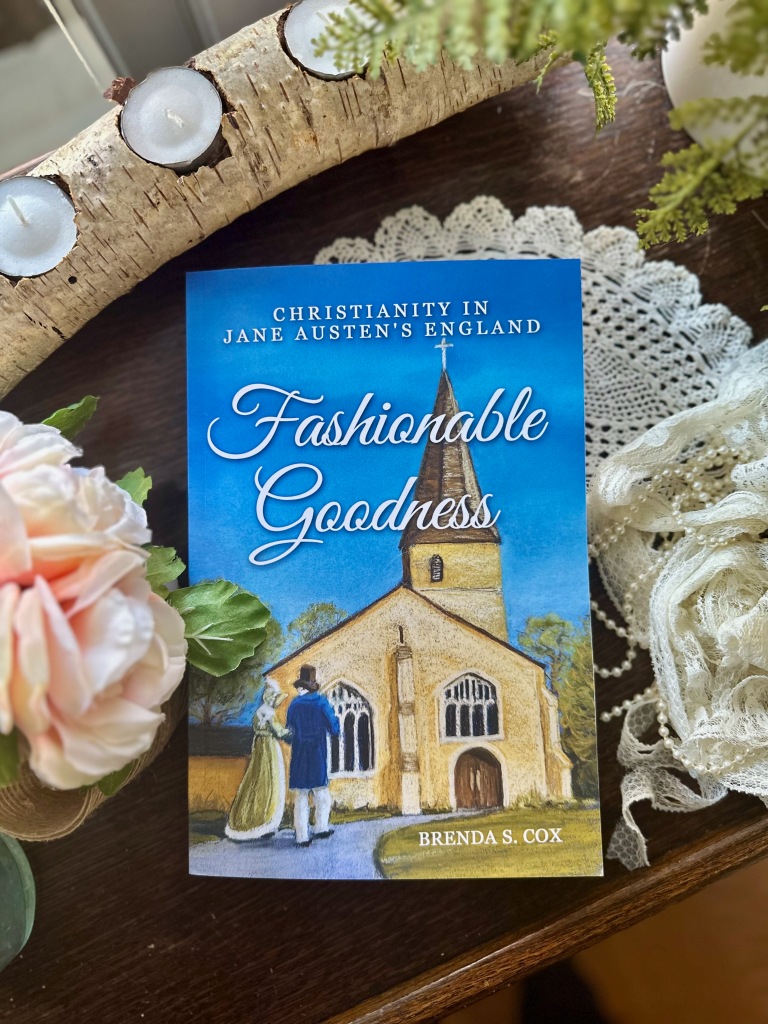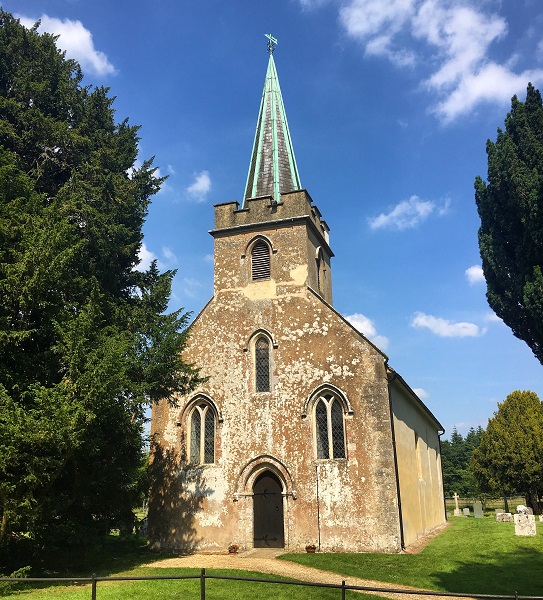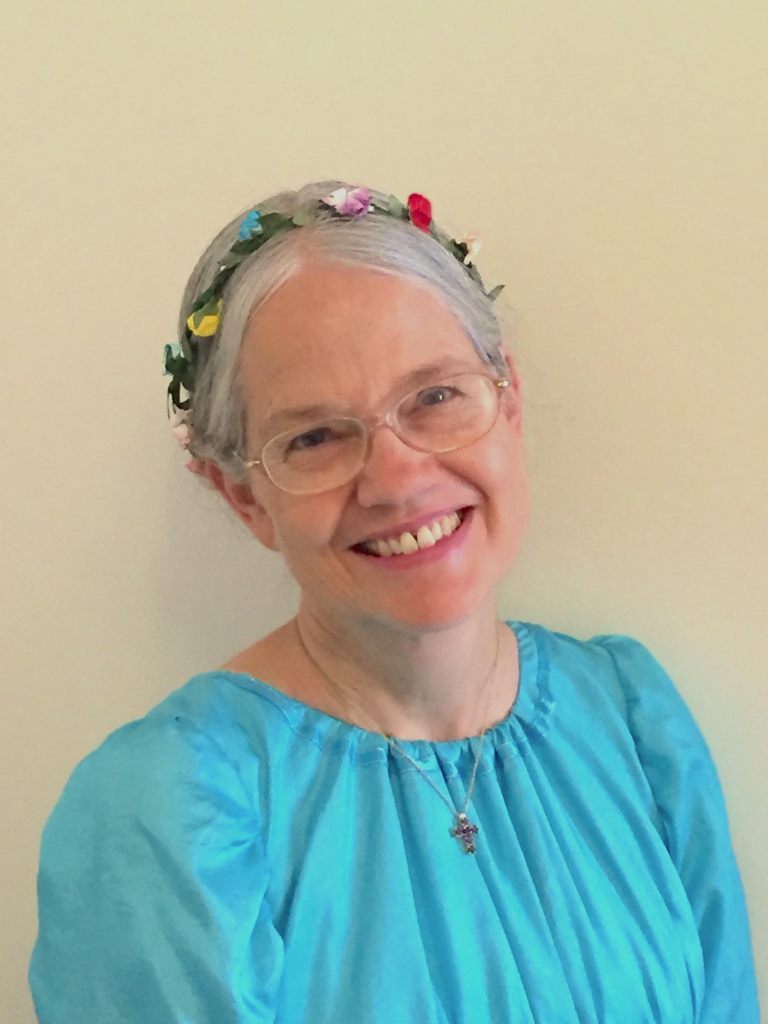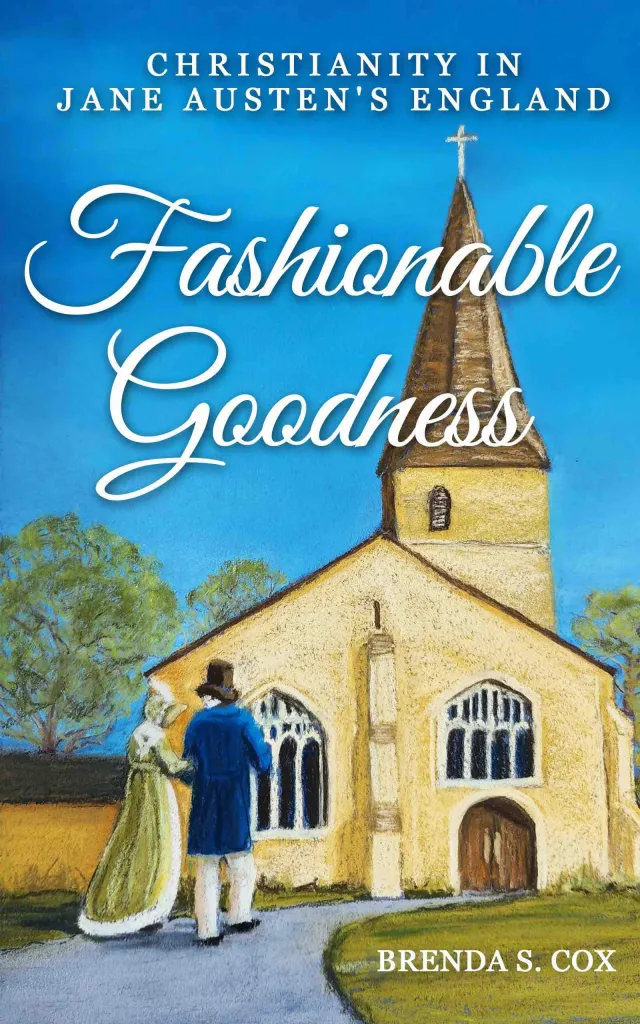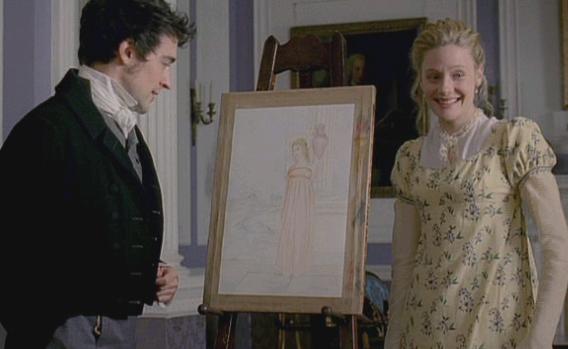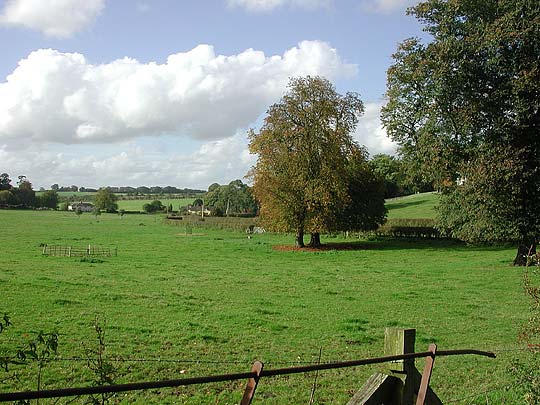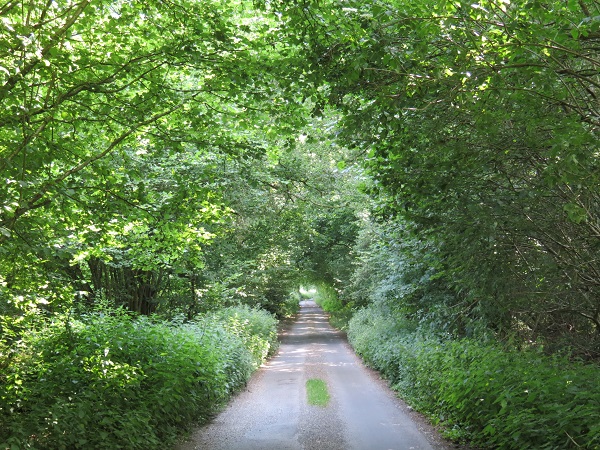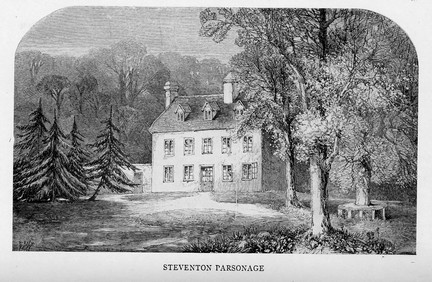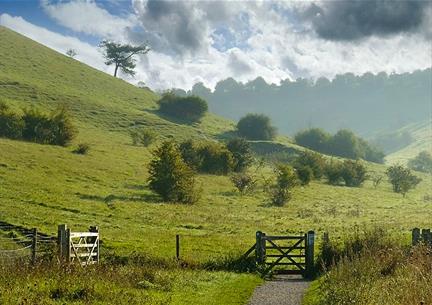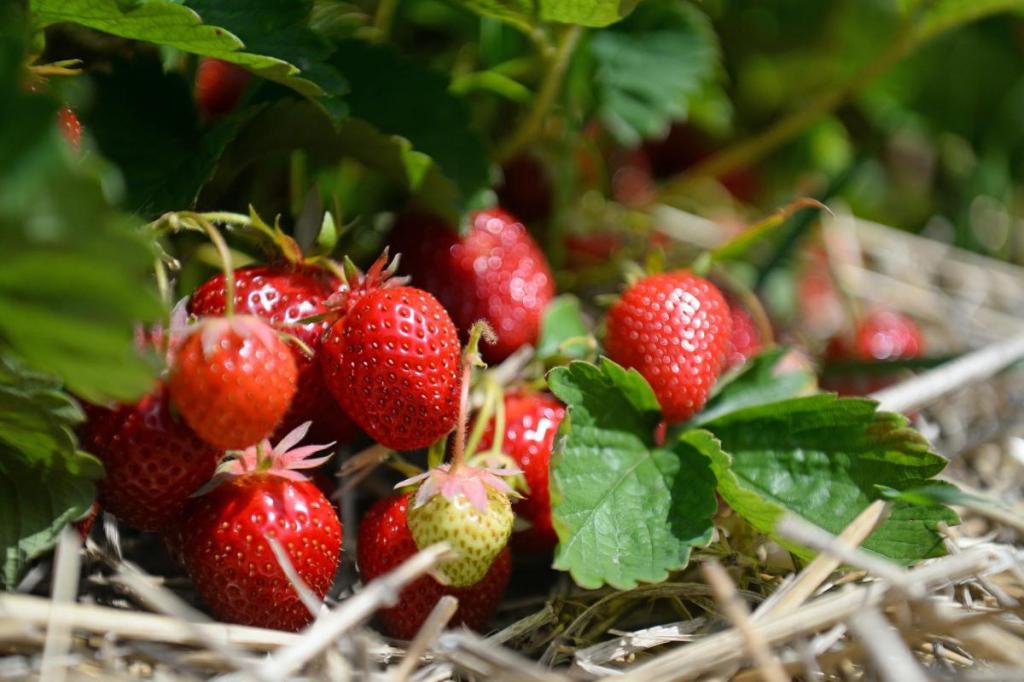On January 9, 1773, Jane Austen’s older sister Cassandra Austen was born – 250 years ago – and we Austen fans are celebrating her life worldwide!
The two Austen sisters were nearly inseparable, from the time Jane was born until she passed away. She was the yin to Austen’s yang . . . or to put it in Regency terms, she was the darning needle to Jane’s stockings, the saucer to her tea cup. If you love Jane, then you would have undoubtedly loved Cassandra!
A Friend and Companion
When Jane was born, her father famously wrote: “We have now another girl, a present plaything for her sister Cassy, and a future companion.”
Reverend Austen was right on both counts. When the girls were young, Jane was extremely attached to Cassandra. So much so that when Cassandra went away to school, Jane was allowed to go as well. Not because she was necessarily ready for school, but because, as their mother said, “if Cassandra’s head had been going to be cut off, Jane would have hers cut off too.”
As they grew up, the sisters became the closest of companions and the dearest of friends. Of particular note, Cassandra is known for her sketches and watercolor paintings, particularly those believed to be of Jane and those that accompany Jane’s History of England.
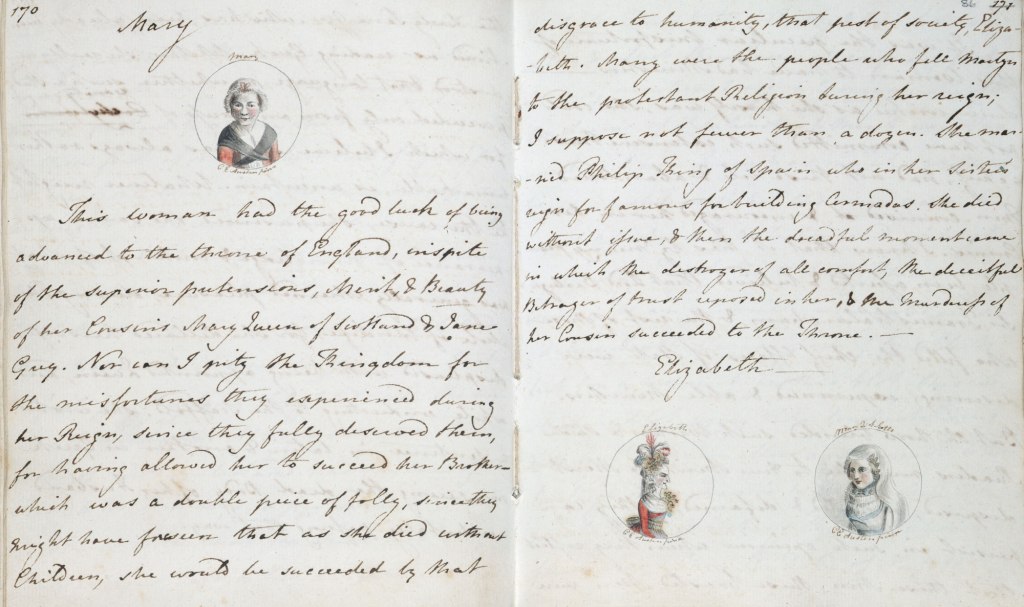
Cassandra and Jane
Much of what we know about Austen’s personal life is largely due to the letters Jane wrote to her sister. Though Cassandra destroyed many of Jane’s letters after her death, there is still much we can find out about the two sisters through reading Jane Austen’s letters. Cassandra’s own letters about Jane’s illness and death provide a tender glimpse into the love and closeness of the Austen sisters.
I have lost a treasure, such a sister, such a friend as never can have been surpassed. She was the sun of my life, the gilder of every pleasure, the soother of every sorrow; I had not a thought concealed from her, and it is as if I had lost a part of myself… I thank God that I was enabled to attend her to the last…
Cassandra Austen to Fanny Knight, July 18, 1817
A Year of Cassandra
To honor Cassandra’s life and legacy, Jane Austen’s House Museum launched its “Year of Cassandra,” during which the museum will feature special events and exhibitions to celebrate her life.
If you’re like me and you want to be part of this special celebration but don’t live close enough to participate in person, the Museum is planning a “Cassandra-themed” Virtual Tour of the museum in March. The tour description is as follows: “Find out about Cassandra’s life at Chawton Cottage and discover objects related to her on a lively, fact-filled tour that you can enjoy from the comfort of your own home.” You can find the details HERE.
Cassandra’s Orchard
Of special note is the commemorative orchard being planted in Cassandra Austen’s honor, which has been named “Cassandra’s Orchard.” The name itself certainly makes me want to visit Chawton Cottage again one day soon, but the descriptions are even more intriguing:
Jane’s letters to her are filled with references to plants, flowers and fruits from the orchard, now sadly lost from the grounds of the House.
We will recreate this lost orchard, using dwarf varieties suitable for growing in containers. There will be a tree for every novel, and donors’ names will be recorded on plaques for each tree. The orchard will provide blossom in the spring, delicious shade in the summer, and fruits in the autumn. We will underplant the trees with plants for pollinators, turning this empty space into a haven for people and wildlife alike.
Jane Austen’s House Museum
More About Cassandra
I’ve been following along with the progress of the Cassandra’s Orchard project, and I was delighted when the museum announced in December (on Jane’s birthday) that it had reached its fundraising goal. I can just imagine what a wonderful addition this little orchard will make to Jane Austen’s house.
I’m thankful for Cassandra Austen because I know that having someone who believes in you, supports you, and challenges you intellectually is important in every person’s life – but especially in the lives of writers, artists, and creatives. The very fact that she was so loved by Jane means that Cassandra must have been quite a remarkable person.
If you’d like to know more about Cassandra Austen’s life, Vic here at Jane Austen’s World has built quite the catalog of articles over the years. You can access those articles HERE. Of particular note is the article entitled, “Cassandra Austen: Jane’s confidante, supporter and helpmate” that is well worth your time.
More links about this topic:
- The Death of a Fiance in Persuasion and The Constant Heart – The story of Cassandra and her fiance Thomas Fowle
- The Destruction of Jane Austen’s Letters
- A Glimpse of Jane Austen at Work – Glimpse of Jane and Cassandra giggling and animated as they edit her novel.
- A Glimpse of Jane Austen – Fanny Knatchbull’s impressions of her aunts Jane and Cassandra.
- Cassandra Elizabeth Austen: Protector or Vandal of Jane Austen’s Legacy
RACHEL DODGE teaches college English classes, gives talks at libraries, teas, and book clubs, and writes for Jane Austen’s World blog. She is the bestselling author of The Little Women Devotional, The Anne of Green Gables Devotional and Praying with Jane: 31 Days Through the Prayers of Jane Austen. Her newest release is The Secret Garden Devotional! You can visit Rachel online at www.RachelDodge.com.
